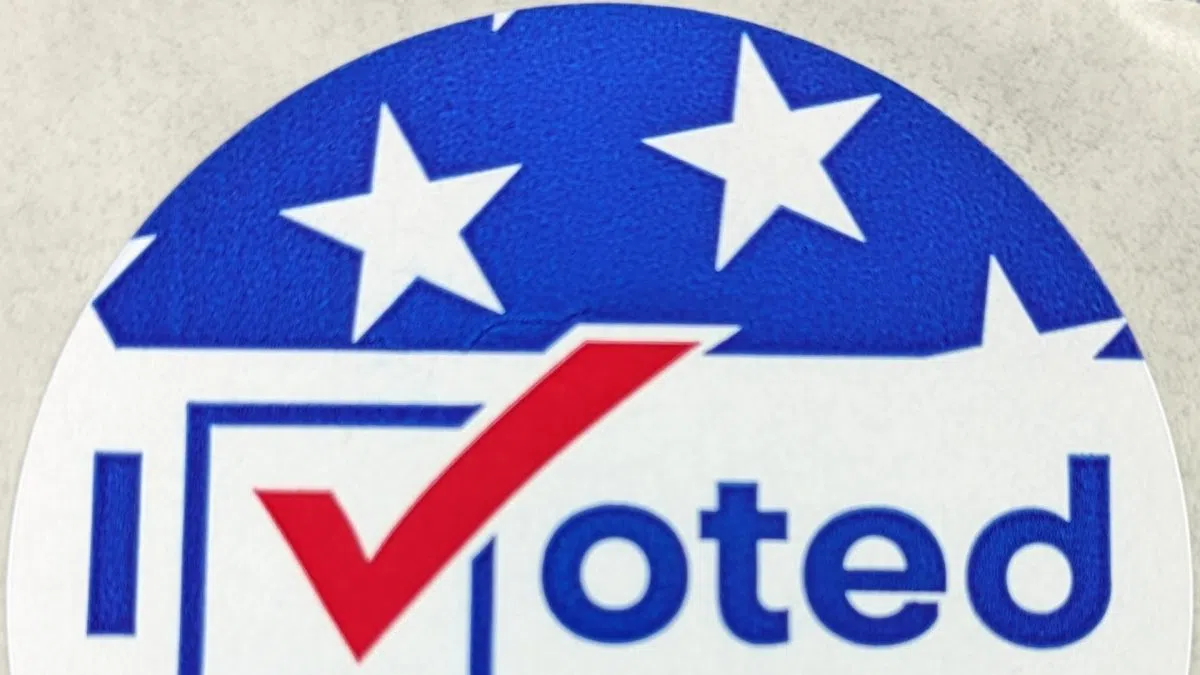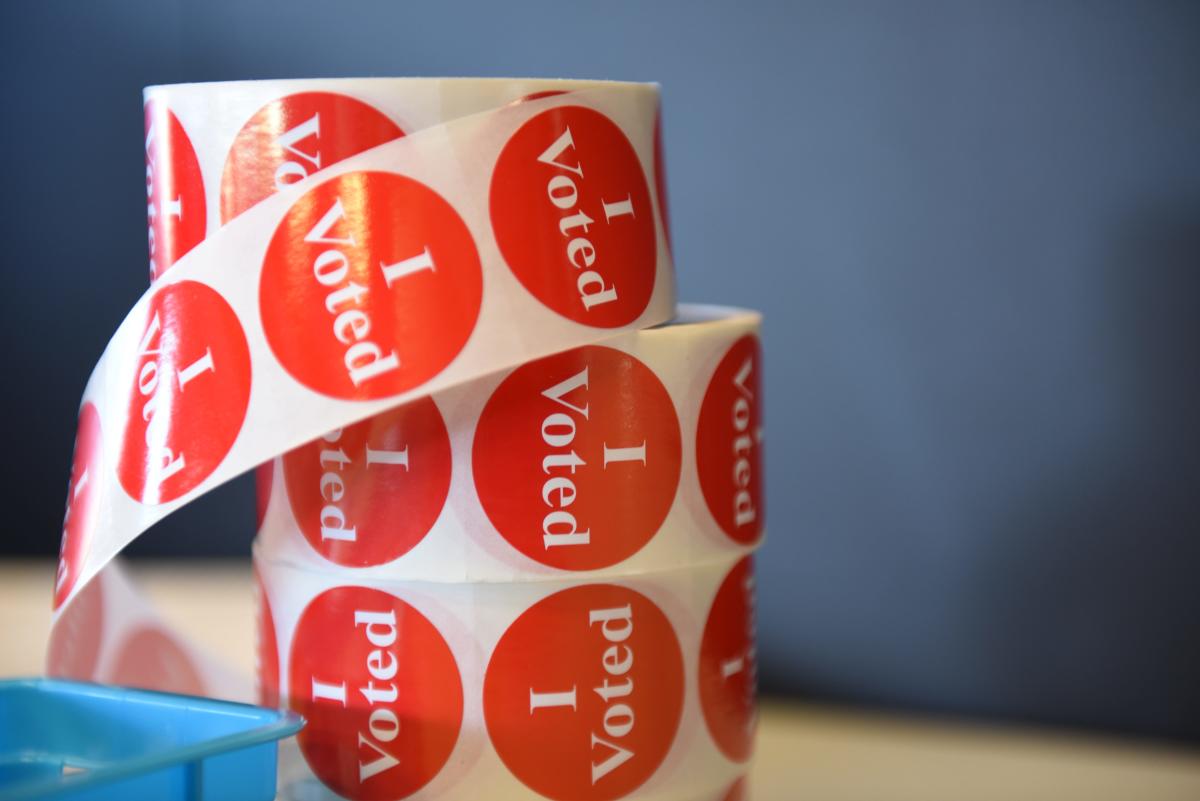Minnesota Primary Election Overview

The Minnesota primary election is a significant event in the state’s political landscape, offering voters the opportunity to choose their preferred candidates for various offices, including the U.S. House of Representatives, the U.S. Senate, and the Governor’s office. This election plays a crucial role in shaping the political landscape, both at the state and national levels.
Key Races and Dates
The Minnesota primary election typically takes place in June or August, depending on the year. The specific date is determined by state law and can vary. The 2024 Minnesota primary election will be held on August 13, 2024.
The key races in the Minnesota primary election often include:
- U.S. House of Representatives: Minnesota has eight congressional districts, and voters in each district choose their preferred candidate for the U.S. House of Representatives.
- U.S. Senate: Minnesota has two U.S. Senators, and voters choose their preferred candidate for the U.S. Senate.
- Governor: The Governor of Minnesota is responsible for the state’s executive branch, and voters choose their preferred candidate for Governor.
- State Legislature: The Minnesota State Legislature consists of the Senate and the House of Representatives, and voters choose their preferred candidates for these positions.
The voter registration deadline for the Minnesota primary election is typically several weeks before the election. Voters can register online, by mail, or in person at their local county auditor’s office.
Significance of the Minnesota Primary Election
The Minnesota primary election is significant for several reasons:
- National Impact: Minnesota has a history of electing candidates who have gone on to play significant roles in national politics. For example, former Vice President Walter Mondale and former Senator Paul Wellstone both served in the U.S. Senate from Minnesota.
- State Politics: The Minnesota primary election is a key event in shaping the state’s political landscape. The outcome of the primary election can determine which candidates will be on the ballot in the general election, and can have a significant impact on the direction of state politics.
- Voter Turnout: Voter turnout in the Minnesota primary election is typically lower than in the general election, but it is still important for voters to participate in the process. The primary election is an opportunity for voters to express their preferences for candidates and to shape the direction of the state’s political future.
Historical Context of the Minnesota Primary Election
The Minnesota primary election has a rich history, dating back to the early 20th century.
- Early 20th Century: The first Minnesota primary election was held in 1912. At that time, the primary election was primarily used to select candidates for state and local offices.
- Post-World War II: After World War II, the Minnesota primary election became more significant as the state’s political landscape shifted. The rise of the Democratic-Farmer-Labor Party (DFL) and the Republican Party led to more competitive elections, and the primary election became a key event in determining the outcome of these elections.
- Recent Trends: In recent years, the Minnesota primary election has become increasingly important as the state has become more politically competitive. The rise of third-party candidates and the increasing polarization of the two major parties have made the primary election a more significant event in the state’s political calendar.
Key Candidates and Issues
The Minnesota primary election is a crucial step in determining the candidates who will compete in the general election. The primary election will see voters choose nominees for various offices, including governor, senate, and house. The candidates are campaigning on a range of issues, including education, healthcare, and the economy, which are all central to the concerns of Minnesotans.
Governor, Minnesota primary
The race for governor is one of the most closely watched in the Minnesota primary election. The Democratic primary features several candidates, including incumbent Governor Tim Walz, who is seeking re-election. Walz has been a vocal advocate for education funding and access to healthcare. His platform emphasizes economic growth and job creation, while also addressing issues such as climate change and gun control.
The Republican primary features several candidates, including Scott Jensen, a physician and former state senator, who is challenging Walz. Jensen has criticized Walz’s handling of the COVID-19 pandemic and his approach to education. His platform focuses on reducing taxes, cutting government spending, and promoting parental rights in education.
Senate
The Minnesota Senate race is another key contest in the primary election. The incumbent Democratic senator, Tina Smith, is seeking re-election. Smith has been a vocal advocate for affordable healthcare and environmental protection. Her platform emphasizes economic growth and job creation, while also addressing issues such as climate change and gun control.
The Republican primary features several candidates, including former state senator, Jim Newberger, who is challenging Smith. Newberger has criticized Smith’s voting record and her approach to issues such as healthcare and education. His platform focuses on reducing taxes, cutting government spending, and promoting parental rights in education.
House
The Minnesota House races are also important in the primary election. The Democratic and Republican parties are vying for control of the House. The candidates are campaigning on a range of issues, including education, healthcare, and the economy.
Key Issues
The Minnesota primary election is being driven by a number of key issues, including education, healthcare, and the economy.
Education
Education is a top priority for voters in Minnesota. The candidates are debating how to best fund public schools, improve teacher pay and retention, and ensure access to quality education for all students.
Healthcare
Healthcare is another major issue in the primary election. The candidates are debating how to make healthcare more affordable and accessible, while also ensuring quality care for all Minnesotans.
Economy
The economy is a top concern for voters in Minnesota. The candidates are debating how to create jobs, grow the economy, and ensure that all Minnesotans have the opportunity to succeed.
Voter Demographics and Trends
Minnesota’s electorate is diverse, reflecting the state’s varied population. Understanding the demographics of voters is crucial for predicting voting patterns and potential shifts in the primary election.
Age and Generational Trends
Age plays a significant role in voter behavior, influencing political preferences and turnout rates. Minnesota’s population is aging, with a growing proportion of older voters.
- Older voters (over 65) tend to have higher turnout rates compared to younger voters.
- Millennials and Gen Z voters, while a significant portion of the electorate, often have lower turnout rates.
- However, younger voters are increasingly engaged in political issues, particularly those related to climate change and social justice.
Race and Ethnicity
Minnesota’s racial and ethnic diversity is growing, with a substantial Hispanic population and a growing Asian American population.
- Minority voters often have different political priorities and preferences compared to the general electorate.
- For example, Hispanic voters tend to prioritize issues like immigration and education, while Asian American voters are concerned about economic opportunity and representation.
Income and Education Levels
Income and education levels are closely tied to political engagement and voting patterns.
- Higher-income voters tend to have higher turnout rates and are more likely to engage in political activities.
- Education levels also play a role, with college graduates generally exhibiting higher levels of political participation.
Historical Voting Patterns and Emerging Trends
Minnesota has a history of competitive elections, with both Democrats and Republicans winning statewide races.
- In recent years, Minnesota has become increasingly competitive at the national level, with both parties vying for control of the state’s electoral votes.
- This trend suggests that the primary election could be closely contested, with both parties seeking to mobilize their base and attract independent voters.
Impact of Voter Turnout and Engagement
Voter turnout is a critical factor in determining the outcome of any election.
- High turnout generally favors the party that can effectively mobilize its base and attract independent voters.
- Low turnout can benefit candidates who are able to energize their core supporters.
- The primary election is an opportunity for candidates to build momentum and demonstrate their ability to attract voters.
So, you wanna know what’s up with the Minnesota primary, eh? It’s like a big deal, man. It’s all about who gets to represent the people in the big decisions. Check out this article minnesota primary to get the lowdown.
It’s gonna be a wild ride, that’s for sure.
The Minnesota primary is always a hot mess, but this year it’s even more chaotic with all the challengers. One race to keep an eye on is Ilhan Omar’s, so check out the ilhan omar primary polls to see how things are shaping up.
Honestly, the whole Minnesota primary is a wild ride, but this is one race that’s definitely worth watching.


